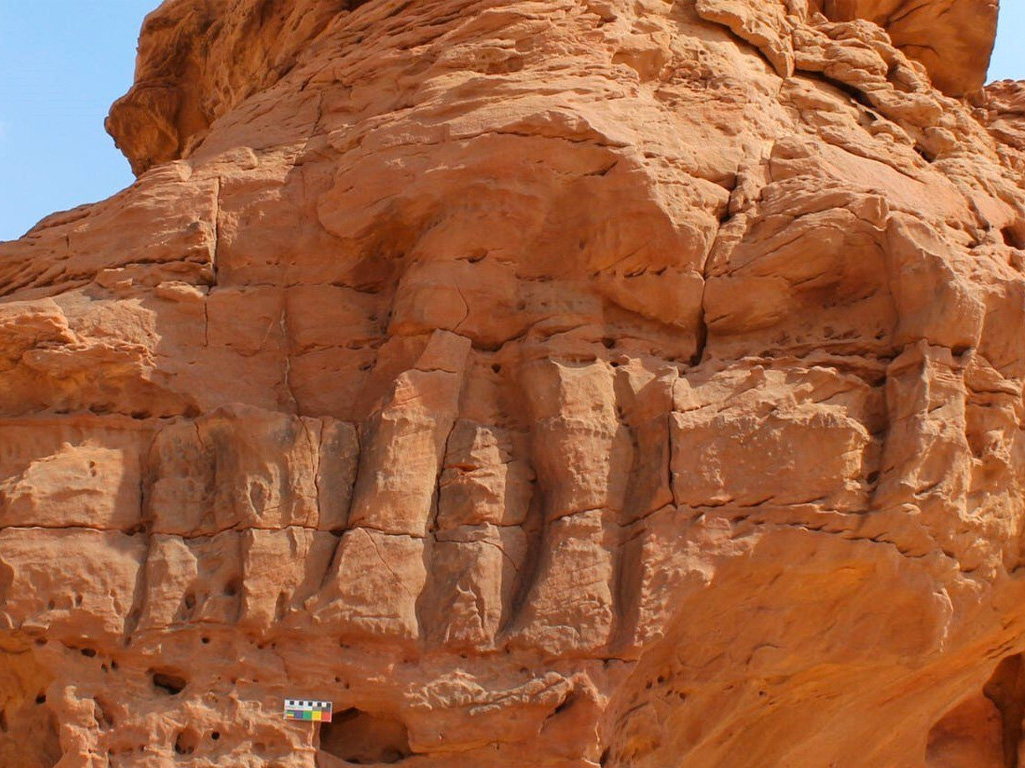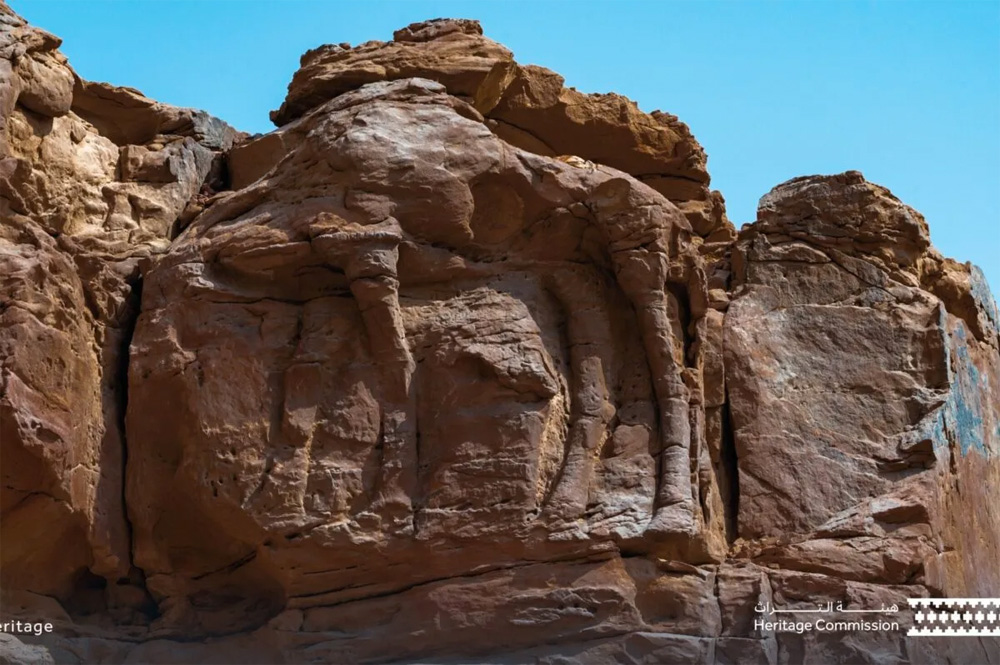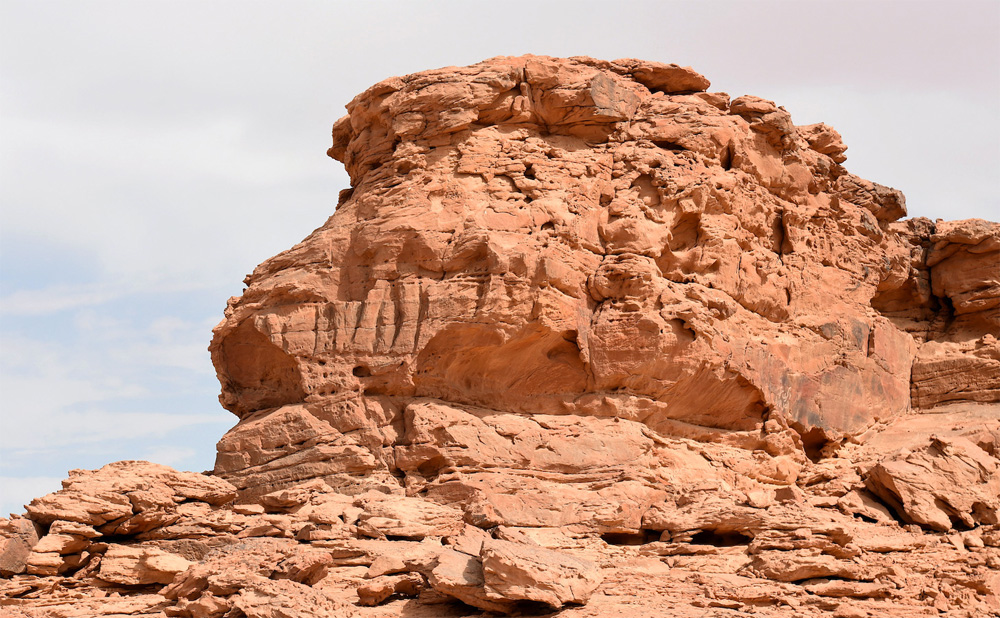
Saudi Arabia is no stranger to ancient inscriptions and rock carvings dating back centuries but, in 2018, one discovery in particular would end up making history. Archeologists stumbled upon rock carvings of animals in the Saudi region of Al Jawf, an area that is popularly known to locals by another name: “Camel Site.”
That is because many of its rock carvings primarily depict camels. In fact, Camel Site is said to feature some 21 carvings, many of which are large-scale and impressive to see firsthand. Astonishingly, some of the carvings seem to be in good condition, while others bear visible signs of erosion and vandalism.

Findings were documented in the “Journal of Archeological Science,” which suggests that Camel Site dates back 7,000 - 8,000 years, firmly putting it in the Stone Age. That makes it older than the grand pyramids of Giza, which were built in modern-day Egypt some 4,500 years ago, or Stonehenge, which was built 5,000 years ago in modern-day Britain. In fact, this also makes the stone carvings the oldest surviving three-dimensional Neolithic carvings in the world.
Why this discovery is important is because the carvings reflect the types of animals that were in the region at the time. During this period, the Arabian Peninsula was known to have had cooler weather and vast grasslands, a contrast to the arid climate and desert scenery of the modern-day site.

In addition, the stone carvings also hint to how art evolved in the region throughout millennia. Through carbon dating, archeologists concluded that materials from nearby areas were used to produce the necessary tools for carving. They also suggest that the carvings were made during different time periods as evident by the tools being used. “Neolithic communities repeatedly returned to the Camel Site, meaning its symbolism and function was maintained over many generations,” the journal’s author, Maria Guagnin, told Live Science.
Despite the discovery, however, Camel Site is still shrouded in mystery. No one really knows much about the original residents in the area, leaving the door open for further research in the future. Research on the site was carried out by the Saudi Ministry of Tourism, and in association with King Saud University, Max Planck Institute for the Science of Human History, and the French National Centre for Scientific Research.ite.

















